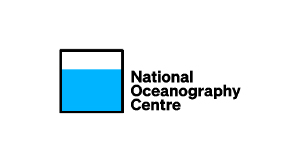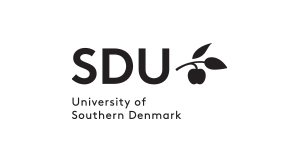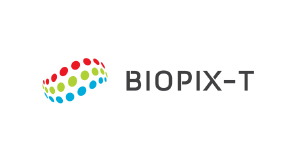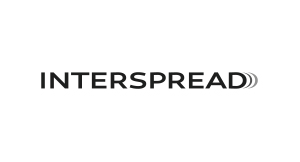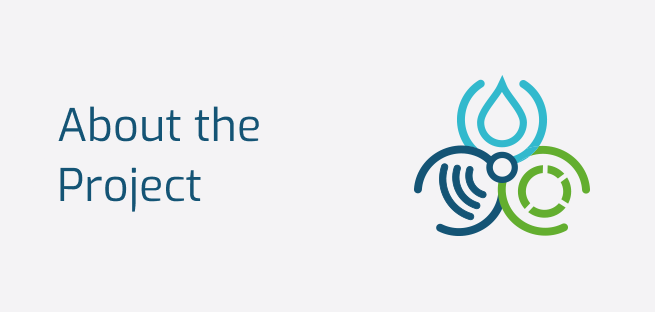ON SITE BIOLOGICAL
SENSING FOR AQUATIC
POLLUTANTS AND
BIOHAZARDS

Project Summary
AquaBioSens develops handheld devices to measure aquatic hazards and pollution, supporting the EU Mission to “Restore our ocean and waters by 2030”. The devices use novel analytics, such as immunoassays, environmental RNA quantification, and whole cell biosensors, coupled with advanced sensors, such as acoustic biosensors, fluorimetry, and organ-on-chip devices. The devices are low-cost, accessible, and connected to the web. They will be tested and validated in coastal and freshwater sites in the UK, Ireland, and Greece, and disseminated to the international community. AquaBioSens aims to commercialize the new technologies.
Our Project Objectives
A hand-held device for fast and sensitive on-site detection of organic contaminants using antibody assays and surface acoustic wave sensing.
A hand-held fluorescence analyzer with an optical or imaging method and an RNA extraction device for fast and sensitive measurement of eRNA for toxin and biotic pollution.
A device for in vitro biosensing of metal pollutants using fish gill epithelia and measuring cell stress (trans-epithelial resistance).
A device for in vitro biosensing of heavy metals using diatoms with fluorescent proteins fused to metal-responsive gene elements.
A comprehensive evaluation of the new devices against standard methods, ensuring quality, accuracy, and sensitivity.
A development of real-time digital FAIR data feeds into repositories and a dashboard, ensuring data interoperability and transparency.
A field testing and demonstration to stakeholders and end-users, evaluating the new technologies for water quality monitoring and surveillance.
A compilation of user documentation and demonstration of methods and devices to stakeholders/end-users, implementing end-user-led design for project uptake and exploitation.
Our Project Partners



